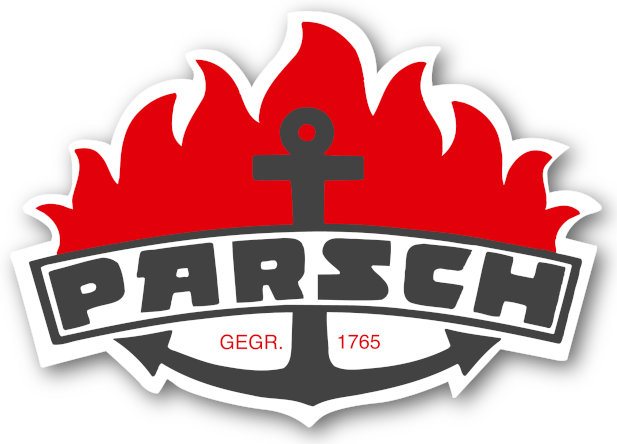Rubber
for all kinds of jackets
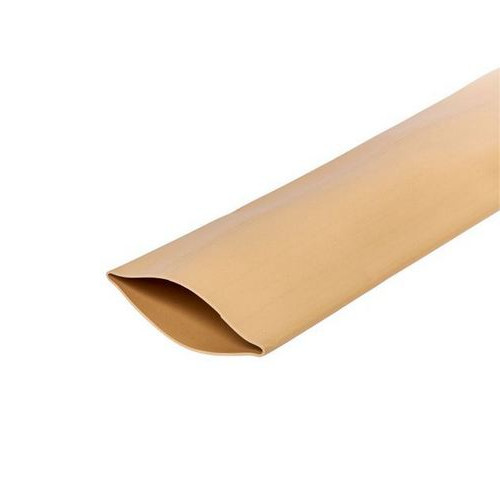
Technical information
RUBBER-LINING white with adhesive
for all kinds of jackets, like Polyester and Polyamide
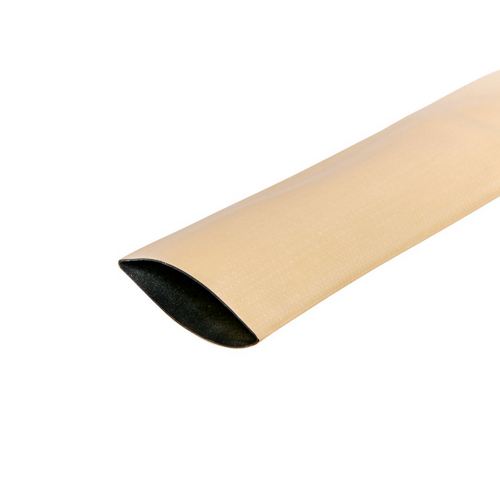
Technical information
RUBBER-LINING black with adhesive
for all kinds of jackets, like Polyester and Polyamide
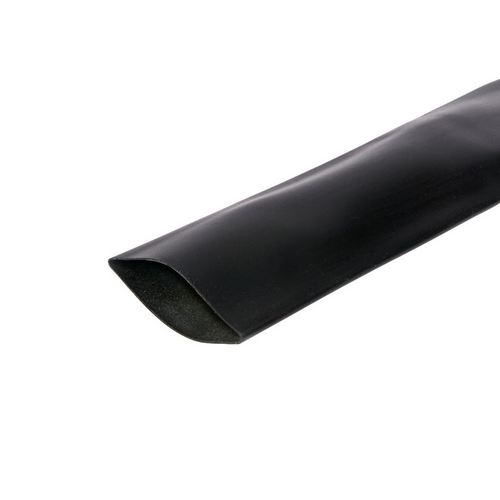
Technical information
RUBBER-LINING black without adhesive
vulcanised multi-purpose lining
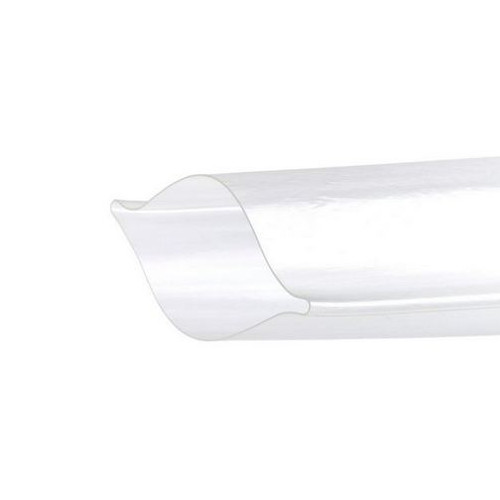
Technical information
PU-RUBBER transparent with adhesive
for all kinds of jackets, like Polyester and Polyamide
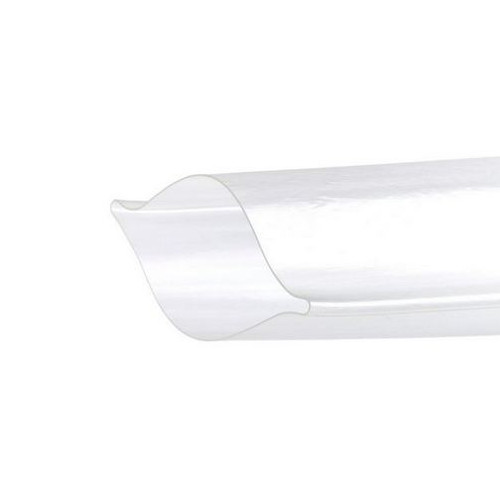
Technical information
PU-RUBBER, transparent without adhesive
protection hose
Rubber
elastic interior of hoses
In technical jargon, most of the material that defines the properties of a rubberized hose, i.e. the inner lining, is known as the Manchon. The Manchon is made of elastomer. Specifically, this material is a combination of different polymers. However, rubber as well as chemicals such as sulfur or a corresponding anti-aging agent are also usually incorporated.
What is Manchon?
During the first step towards creating a homogeneous whole, the elastomer is initially freed from any impurities. The method for this is quite simple and straightforward. Under high pressure, the material for the Manchon is pressed through various sieves.
Subsequently, the actual Manchon is being produced. To do so, the elastomer is pressed directly through an extruder (machine for producing molded parts from thermoplastic material) under high pressure in a rotating screw. For the continuous production of the Manchon hose, it is crucial that the production machine immediately blows talc into the internal parts. The reason for this is simple – it prevents the Manchon hose from sticking together in an unfavorable way.
Benefits of a Manchon interior for hoses
In very general terms, a quality Manchon is encased in a woven outer shell. Manchons are usually used in the industrial sector as well as by life-saving fire departments.
What are the main advantageous features of a Manchon?
- Manchon is resistant to tearing
- Manchon is low-stretch
- Manchon is resistant to deterioration
Further in production
Once the talc ensures that the inside of the new hose does not stick together, the chemical compounds of the elastomer are crosslinked by means of a certain pressure and heat. Experts call this process vulcanization. To accomplish this, the Manchon passes through a hot air channel. During the vulcanization process, the material also becomes elastic. The hose is then cooled in a water bath.
A thin layer of solid adhesive is then applied to ensure a permanent bond between the Manchon and the polyester fabric. This may sound simple, but in reality, it is a highly complex and advanced technical process. Both the Manchon and the solid adhesive are simultaneously inserted from different sides into the corresponding die head. This is where the solid adhesive is heated. At this stage of the process, the soft adhesive is added to the passing Manchon. As a result, a coated rubber hose is created. For the final bond, everything is cooled down together. What is important during the cooling process is to prevent the Manchon from sticking. By adding a release agent to the cooling liquid, this can be achieved.
At the end of the production process, the Manchon is pulled out of the liquid bath and dried. This is usually done by a finely adjusted and powerful heating unit. Finally, the Manchon is stored in a specially designed and suitable transport container.
